-
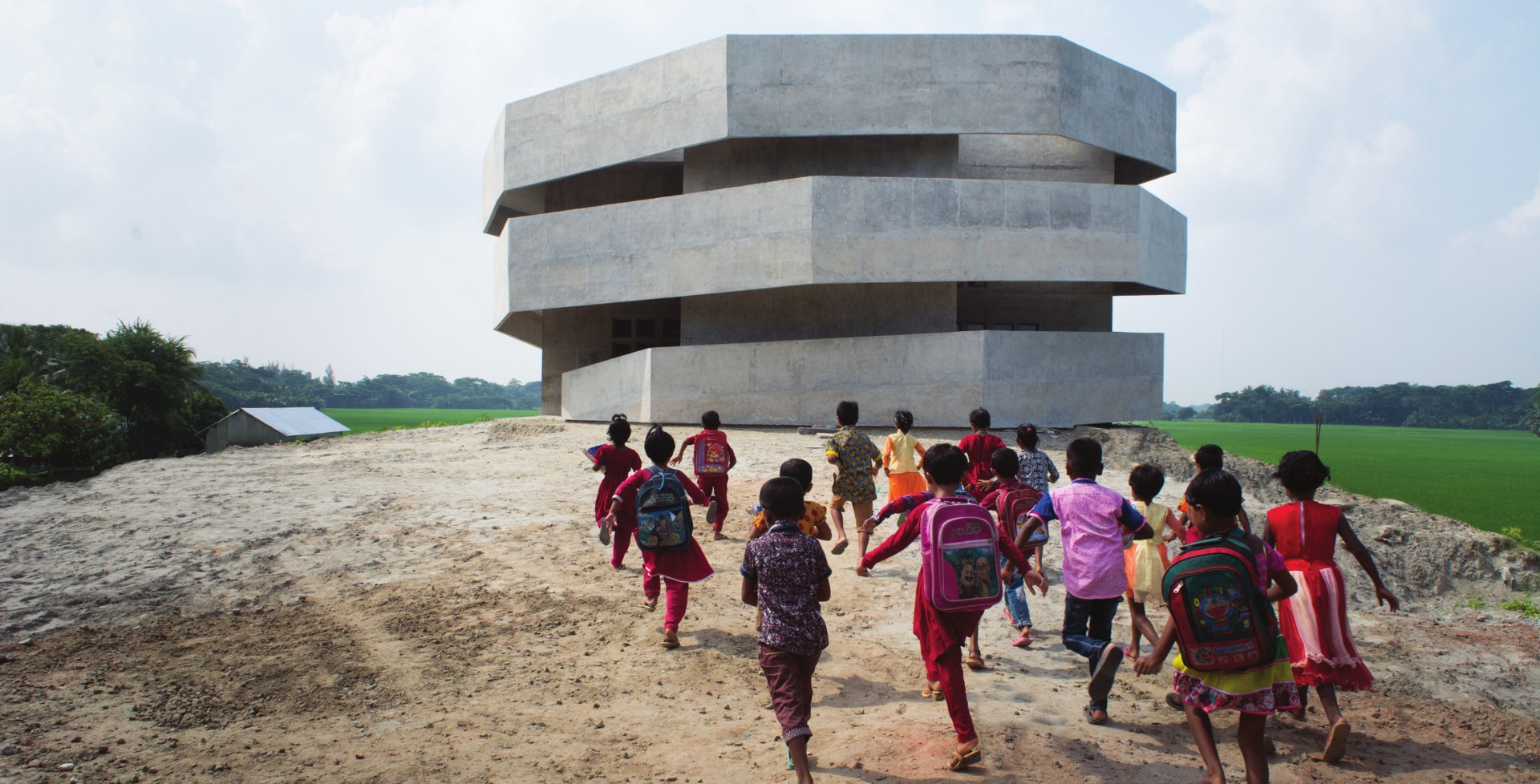
-
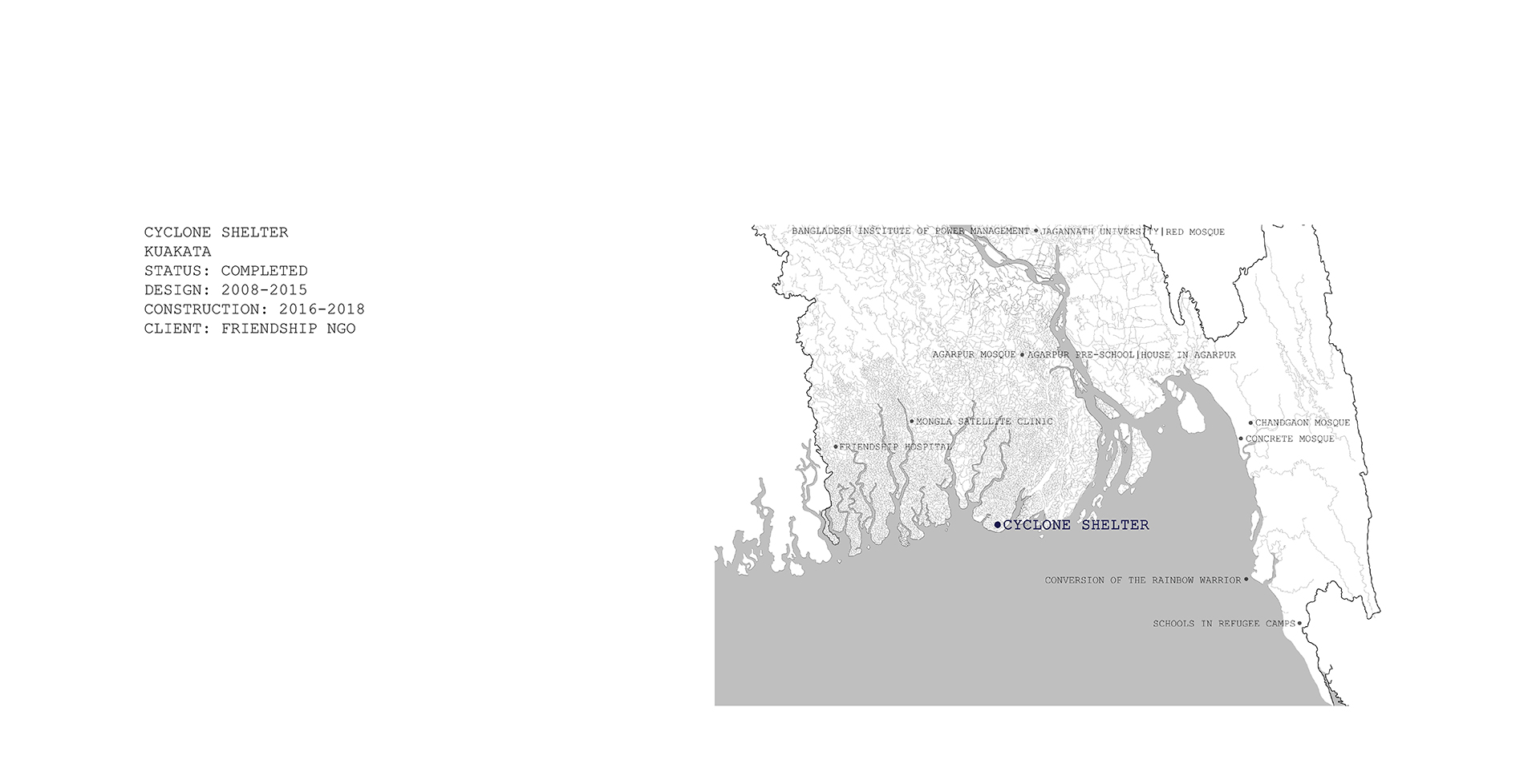
-

-
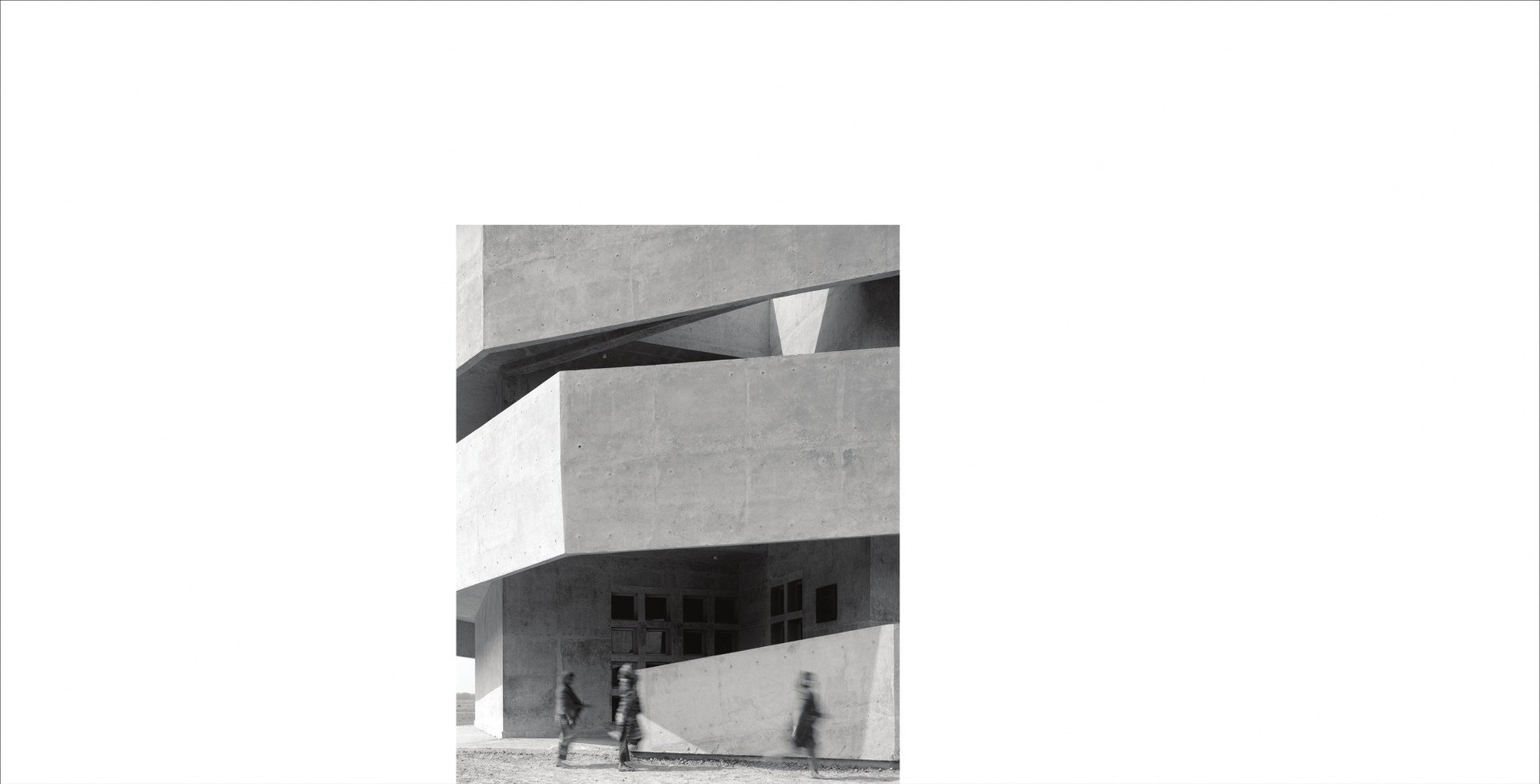
-
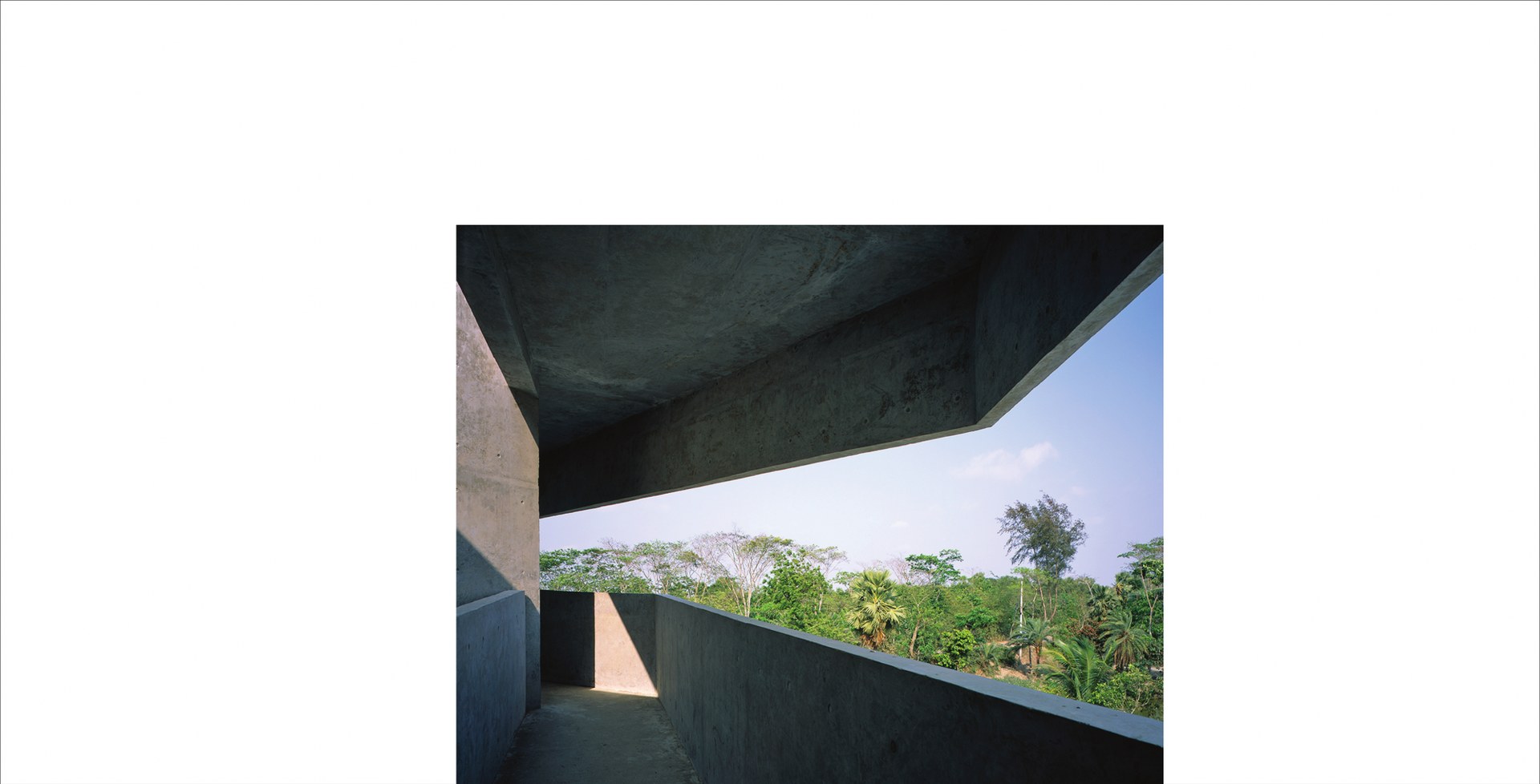
-

-
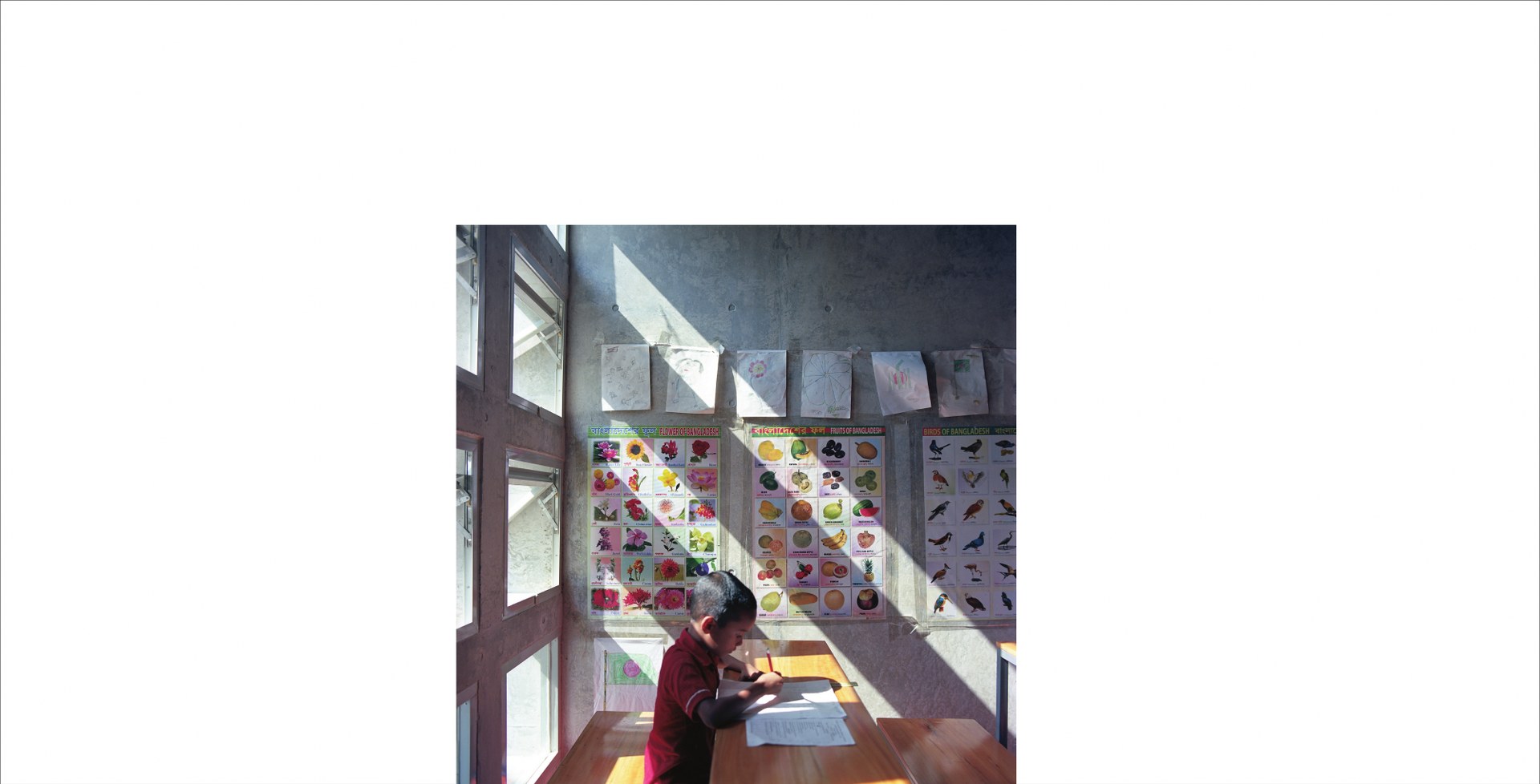
-
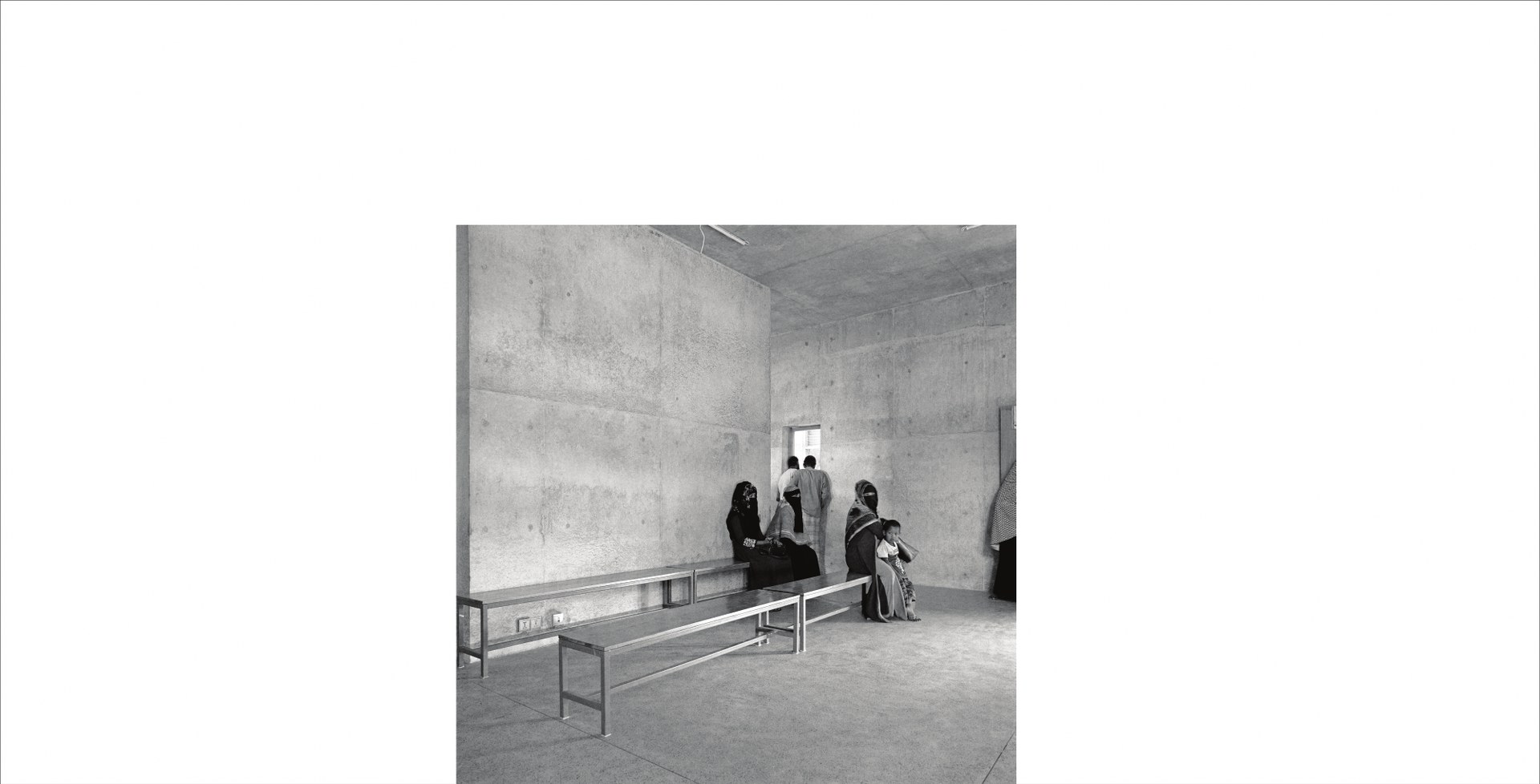
-
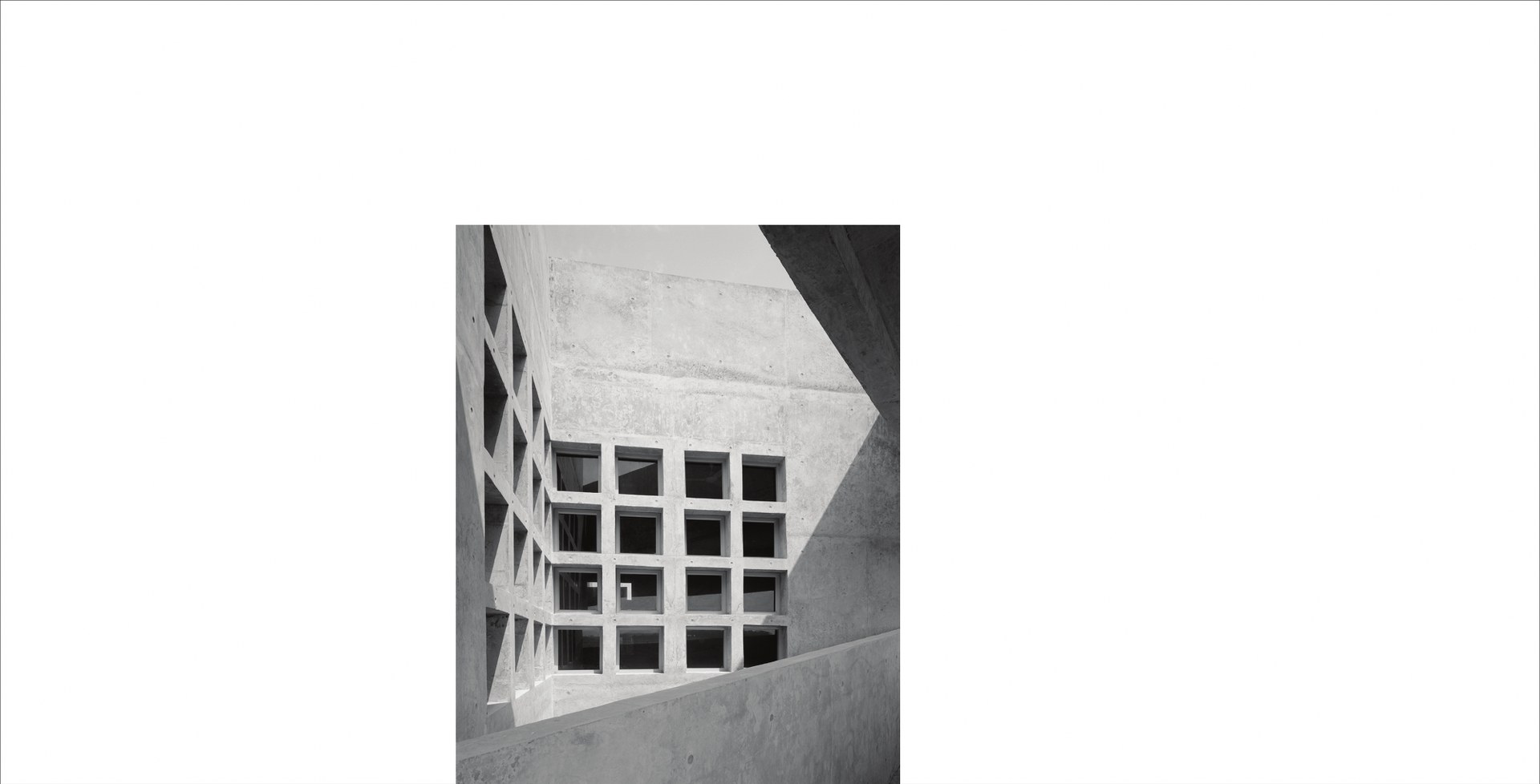
-

-
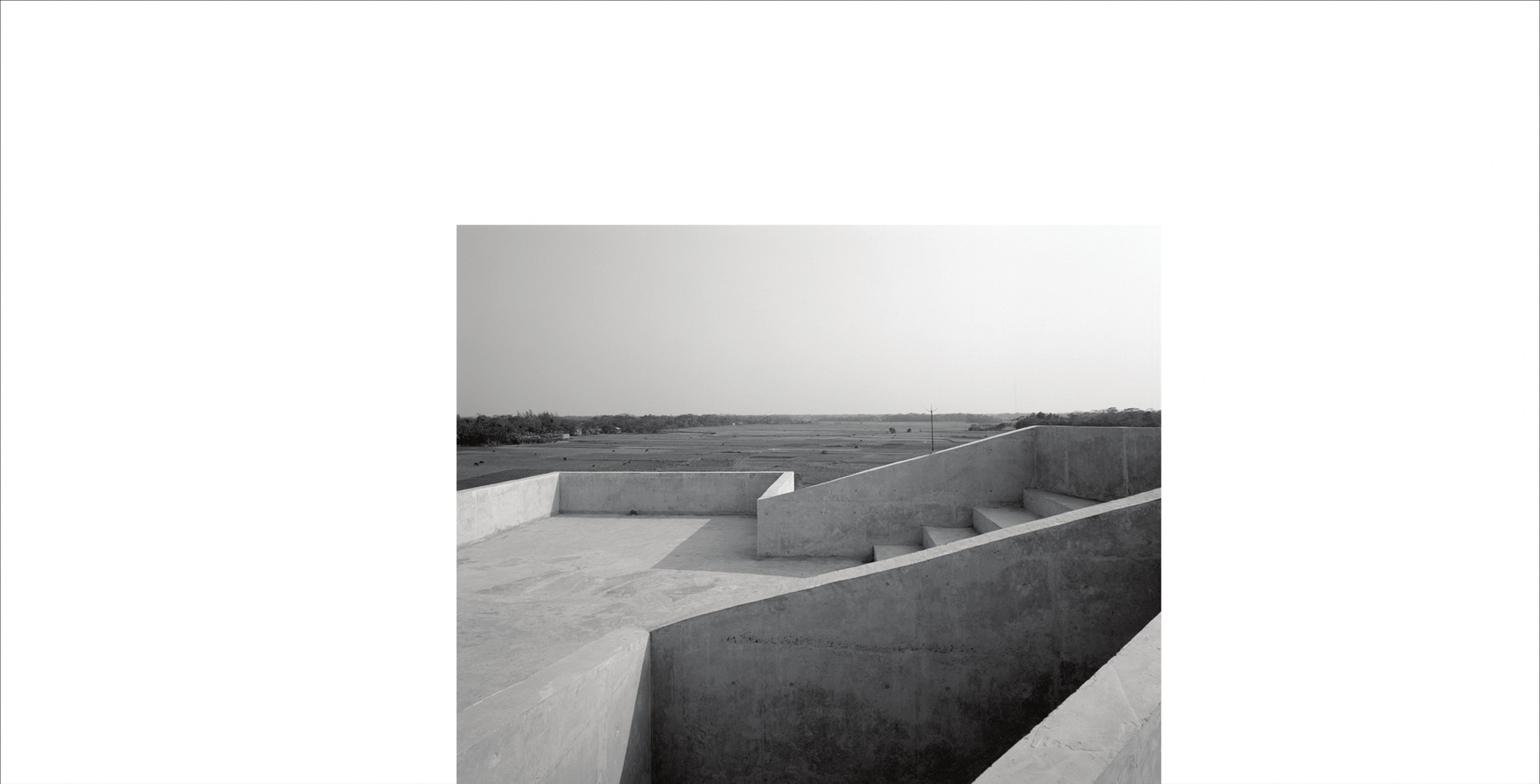
-
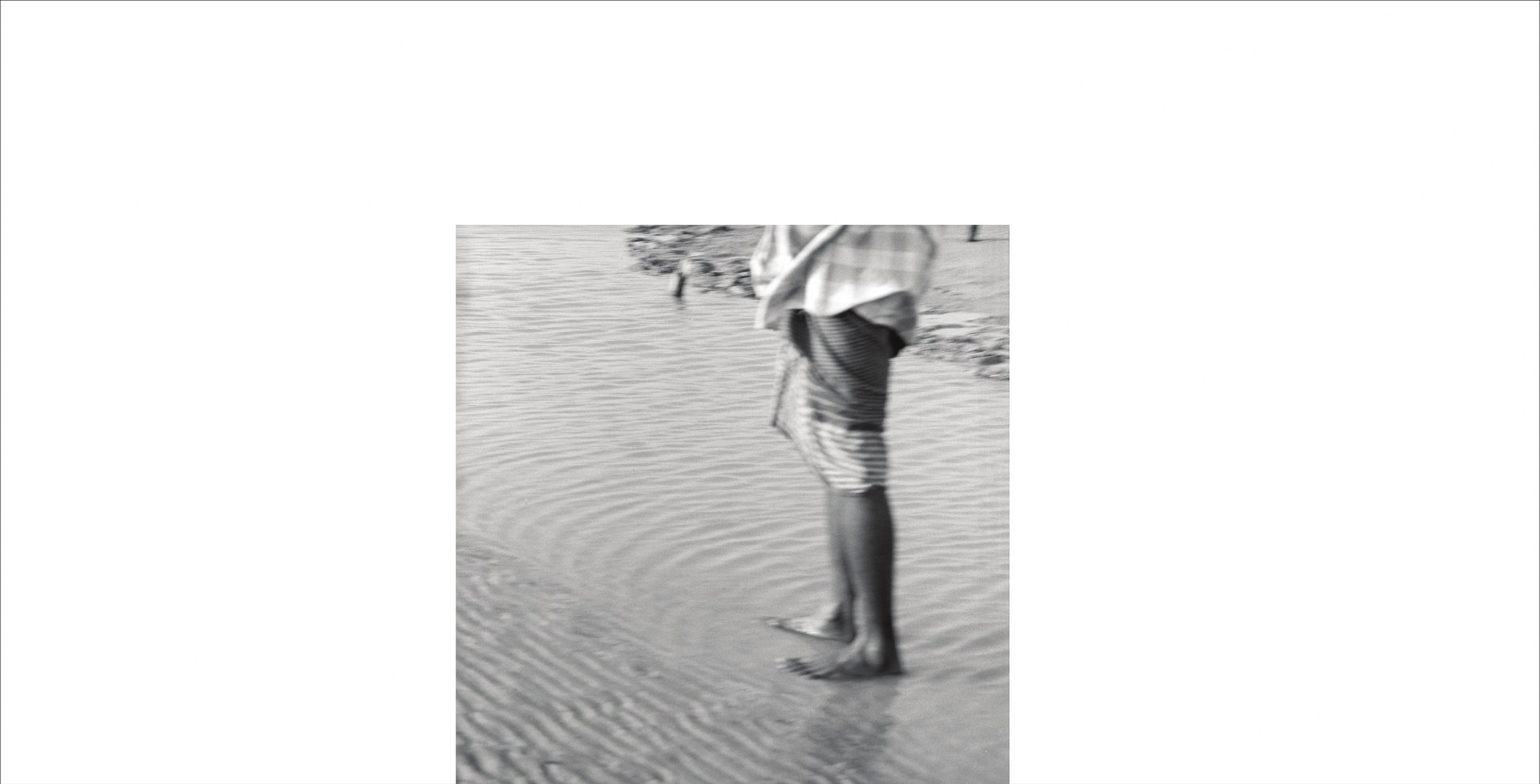
-
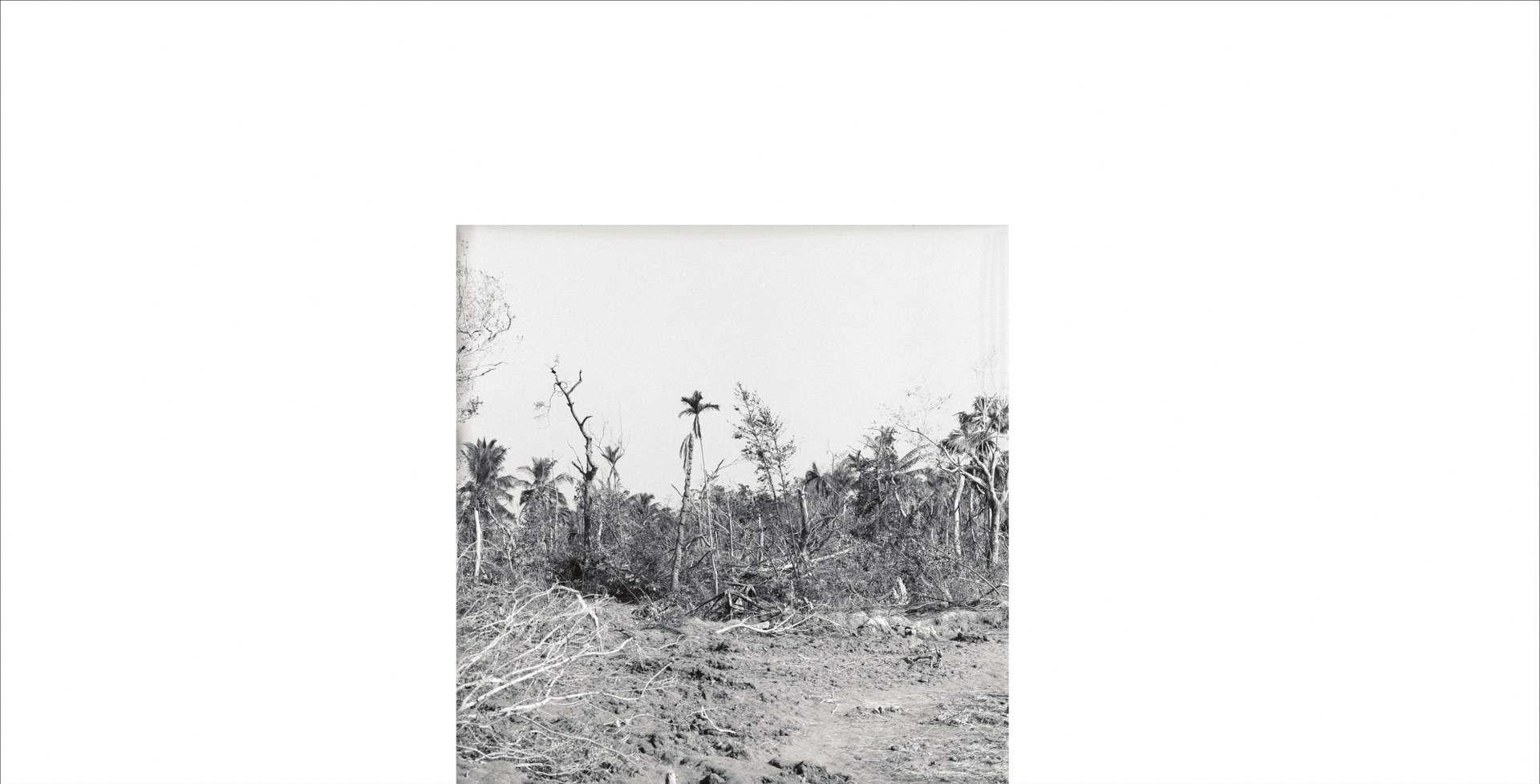
-
In 2007 the Super Cyclonic Storm Sidr struck Bangladesh, claiming 10,000 lives and causing massive infrastructure damage. The day after the landfall, Kashef Chowdhury along with three of his office colleagues reached the affected regions in southern Bangladesh. For 4 days and nights, based and living in a country boat, they traced the path of the cyclone, distributing relief and trying to gain firsthand knowledge.
Using photographs by Chowdhury and interviews collected during the visit, a booklet was published to raise aware- ness and funds for constructing one prototype. Failing to raise funds, Chowdhury turned to his long time client Friendship, an NGO with vast experience in development works and disaster management. Finally in 2014, through a fund raising event organized in Luxembourg, donations were collected for the construction of one shelter and con- struction began in 2016 on a donated land in the remote south, near the coast of Bay of Bengal.
The local contractor selected on cost basis had no prior experience in concrete construction. Consequently strict training and supervision regimen by URBANA was set up and construction was ultimately completed in 2018, 11 years after the project was initiated. Till date 50,000 patients have received treatment in the day clinic and in the past years hundreds of people have taken shelter during cyclone warnings.
This prototypical design essentially consists of a two storied cruciform volume with a circulation ramp wrapped around it. As well as providing access to the roof, the ramp also provides additional protection to the main struc- ture. Light and ventilation wells set in the four corners are protected from high winds and flying debris during cyclonic storms and the use of small concrete openings ensure adequate ventilation to those sheltering inside. Only one material is specified: exposed concrete, which is able to withstand tidal surges and high wind pressure as well as the effects of saline water and air.
-
Interior spaces are laid out simply consisting mainly of classrooms, and in the clinic, doctors' rooms and diagnostics. Dedicated store room for furniture and equipment storage ensure that spaces can be cleared during storms. High ceilings and perforations in exterior surfaces allow sufficient cross ventilation. Large overhead tanks are used to collect rain water and solar panels on the roof supply power. The roof also doubles as a playground and multi-function space for the school. The ramp facilitates cattle to be taken up to the roof to be saved from tidal surge and flooding, a basic requirement for the villagers for whom cattle maybe their only asset. The catastrophic nature and scale of a cyclone means that damage to livestock, crops and property cannot be entirely prevented. But the aim here is to minimize loss or injury to human and animal lives. In cyclone-prone areas, the shelter is the supreme symbol of safety and protection and is an architecture that stands assuredly between life and death.
-
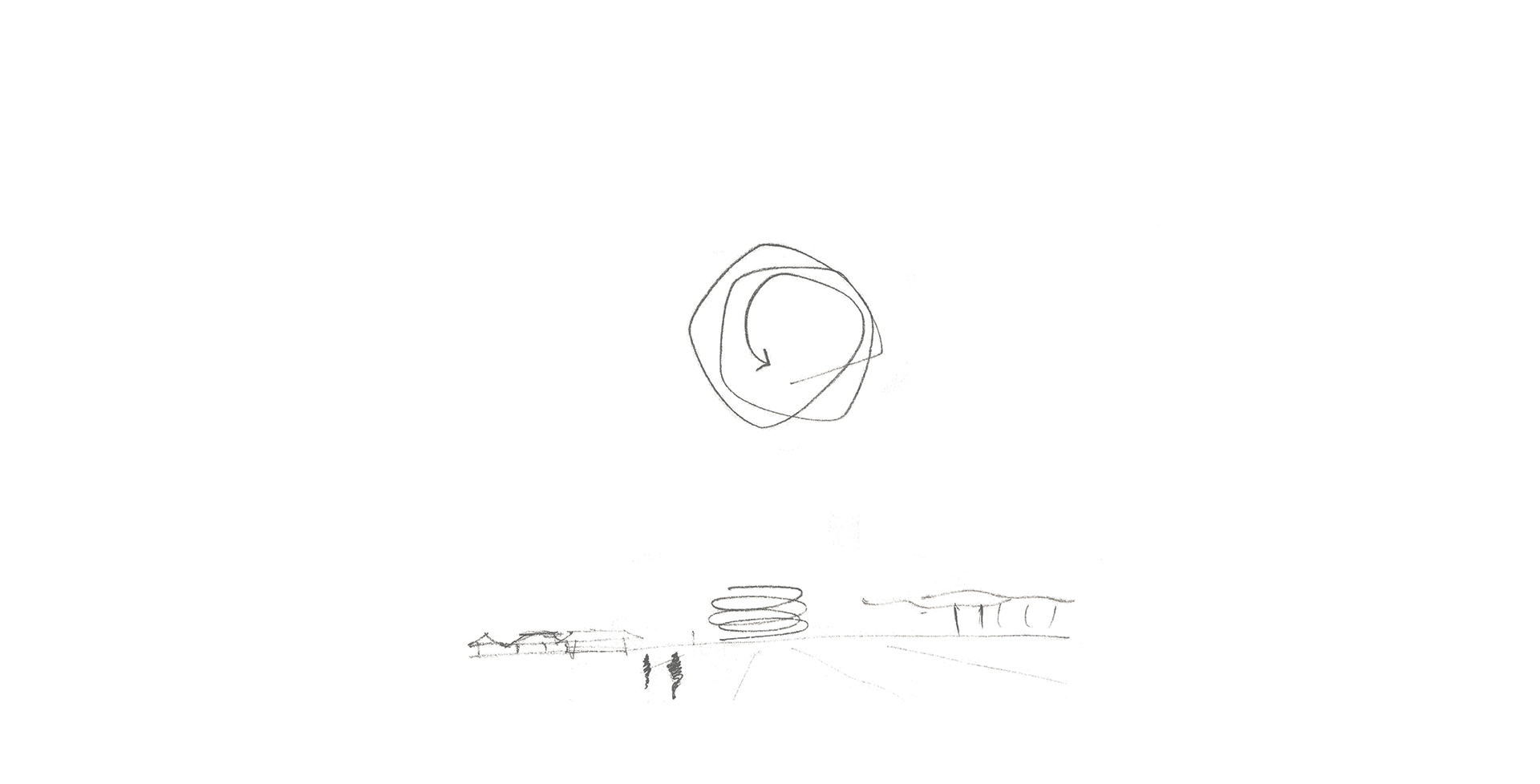
-

-

-
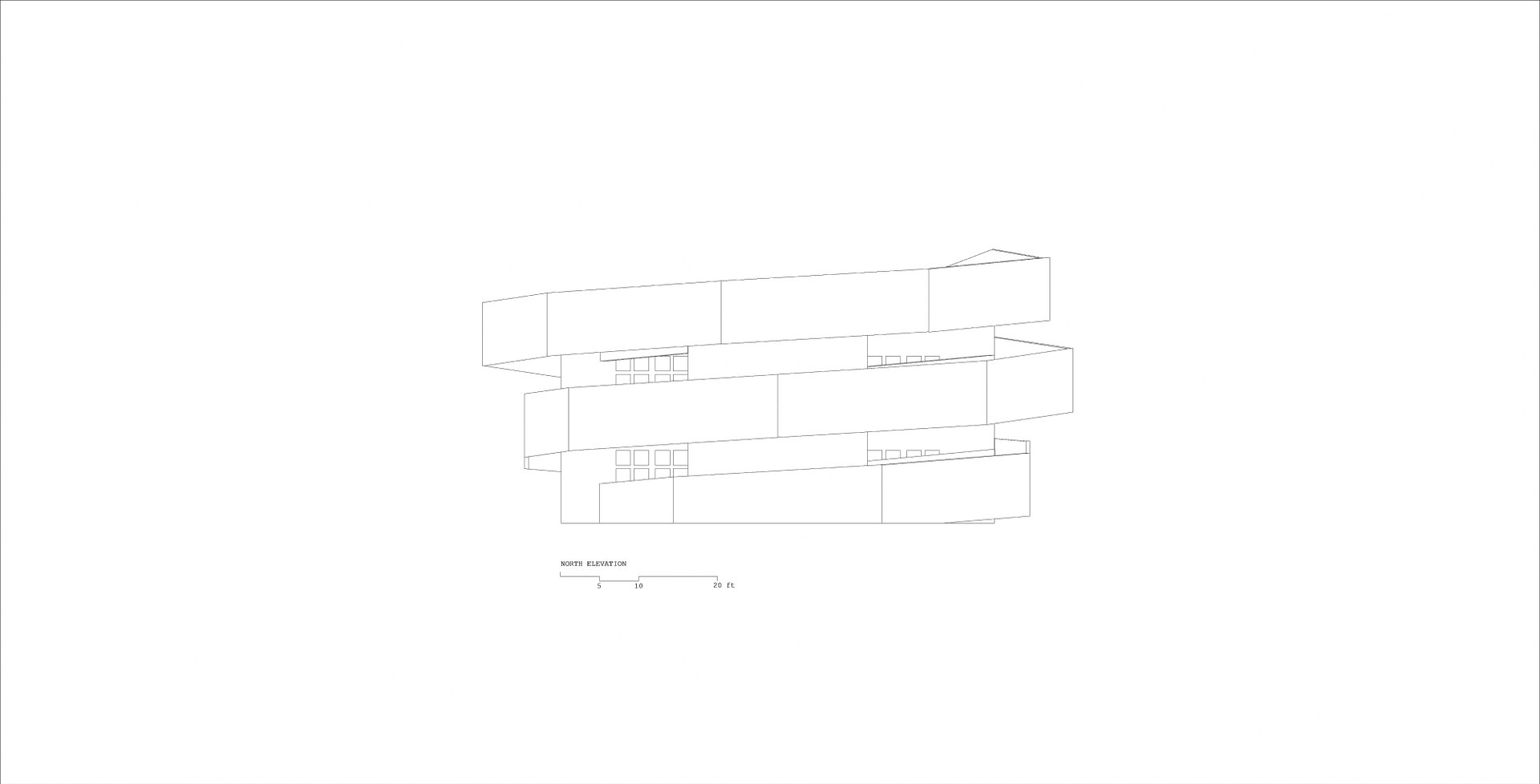
-
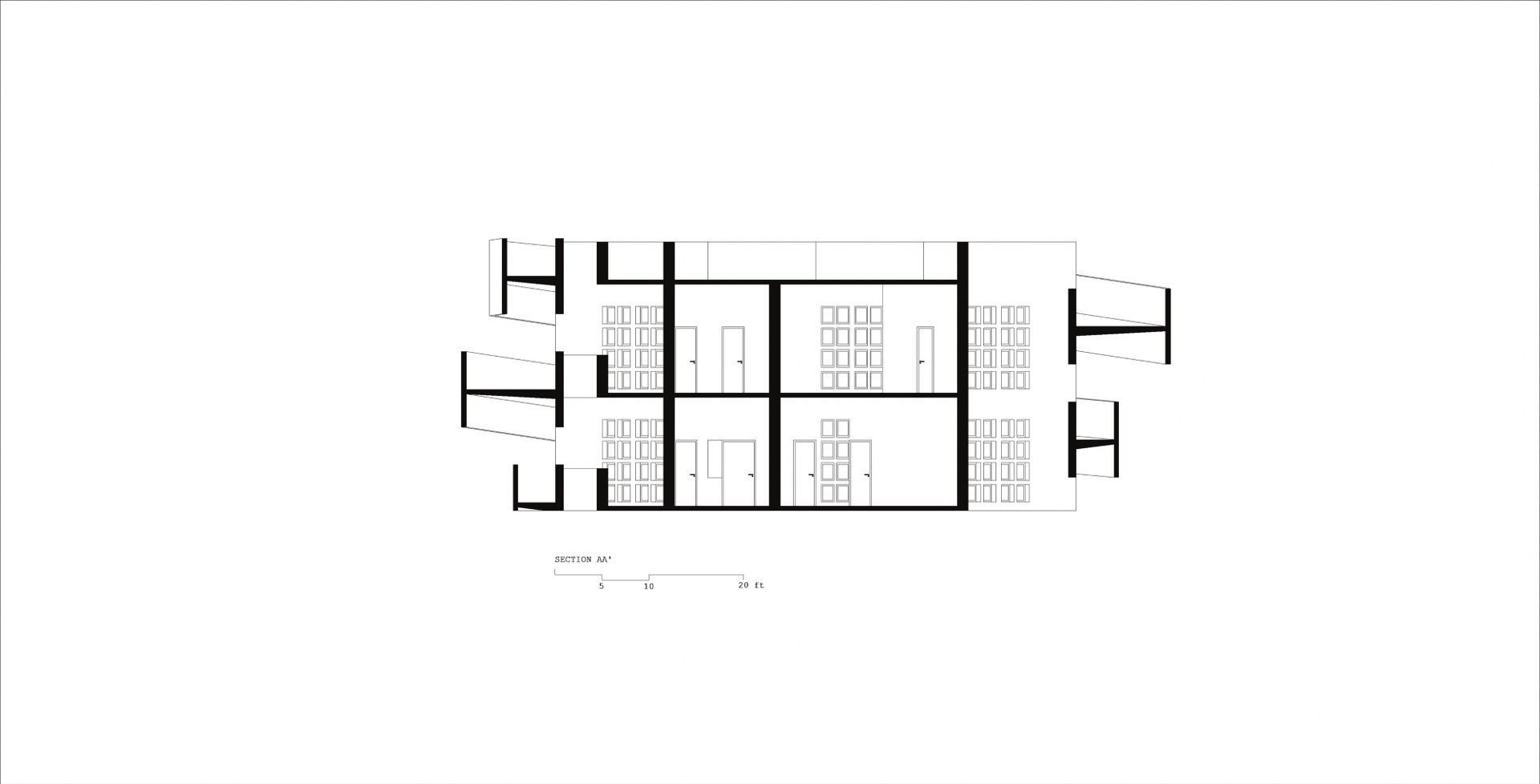
-
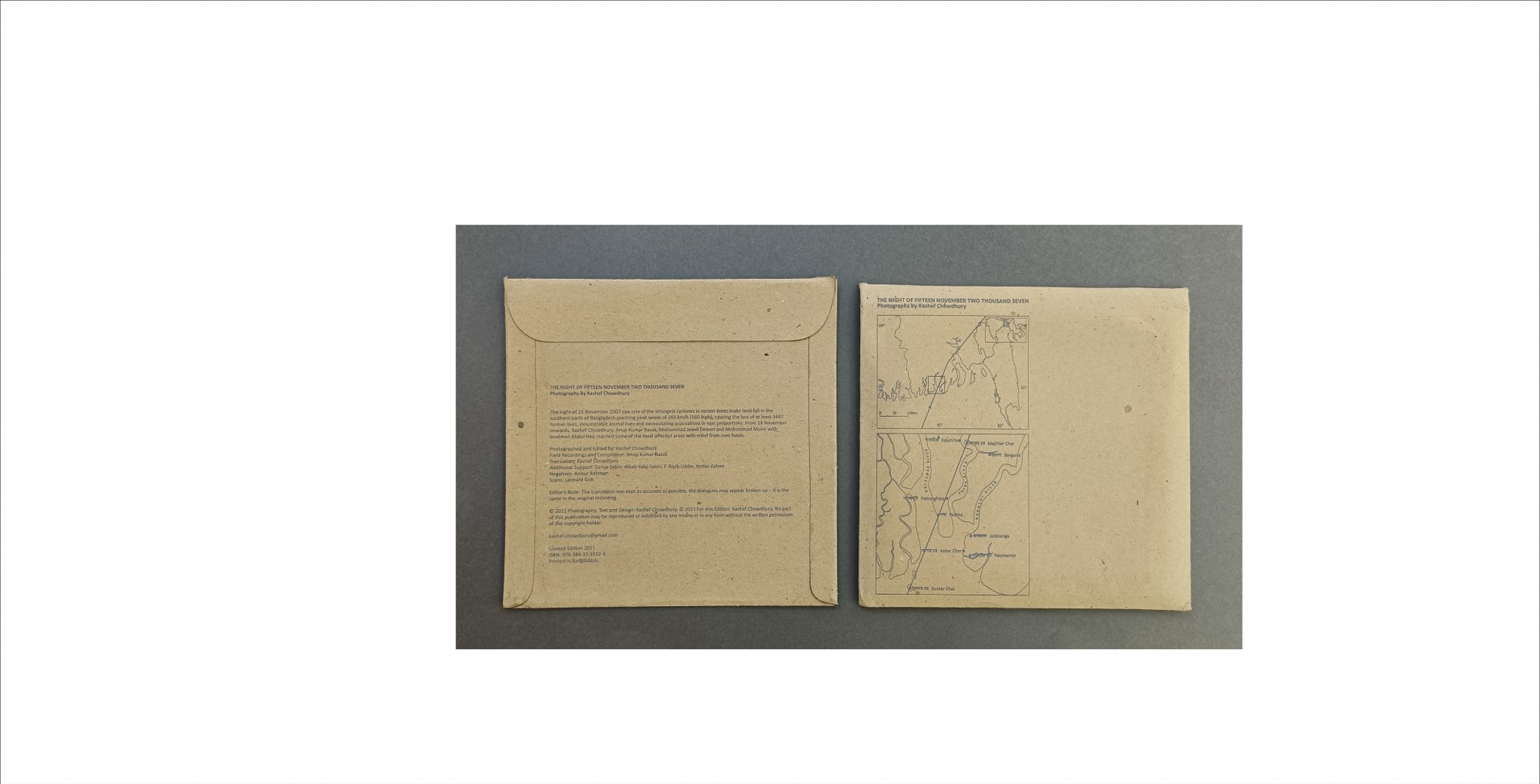
-
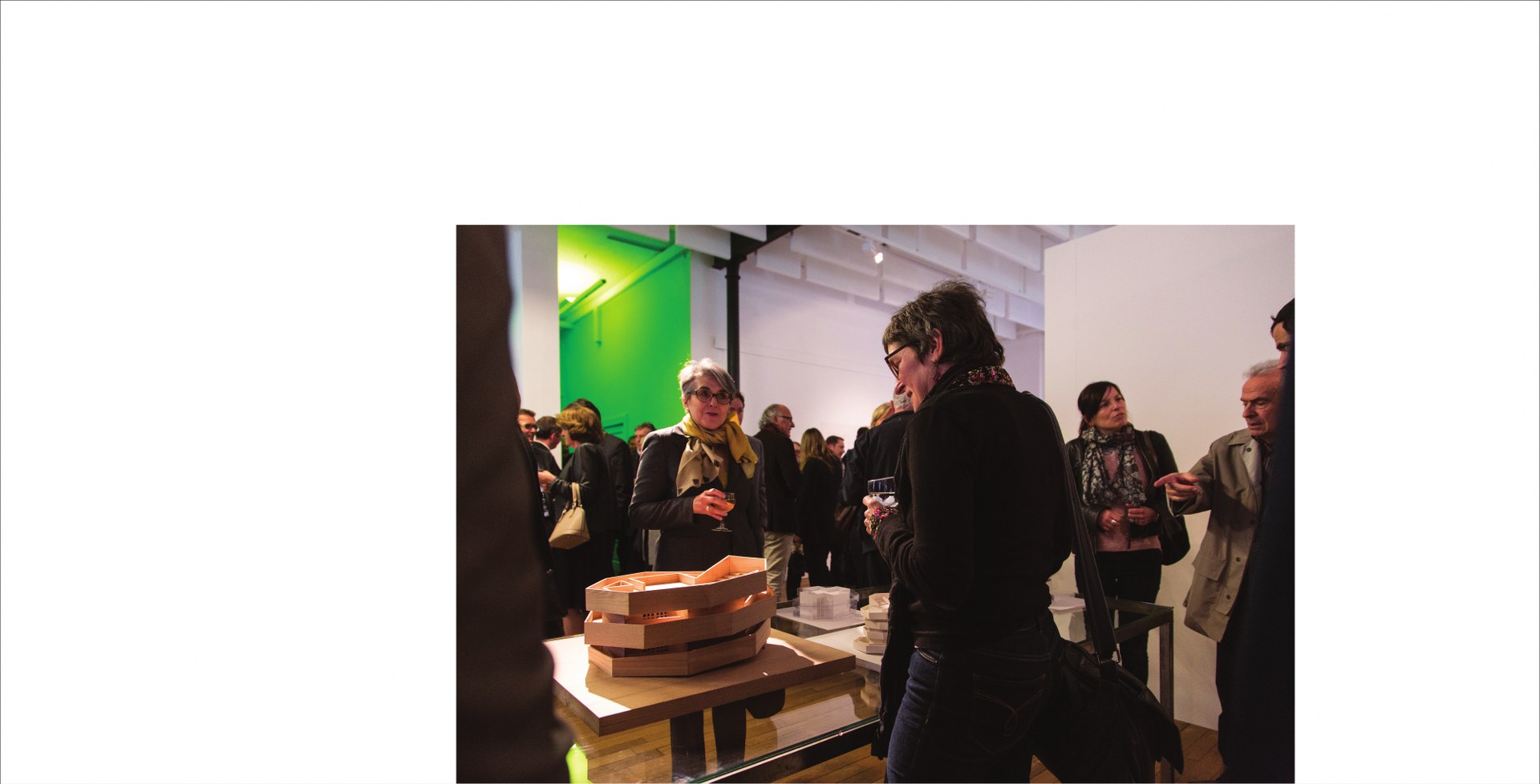
-
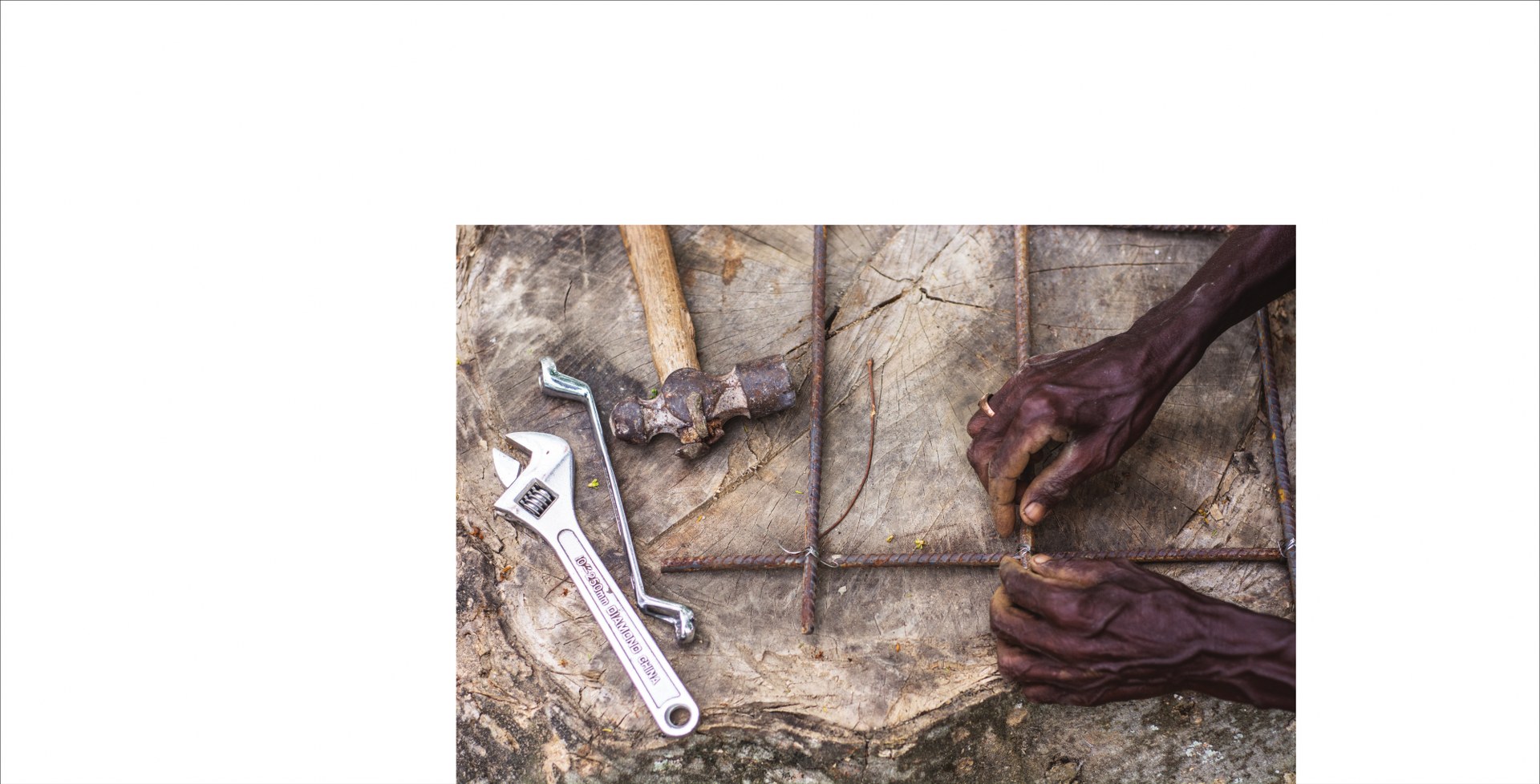
-
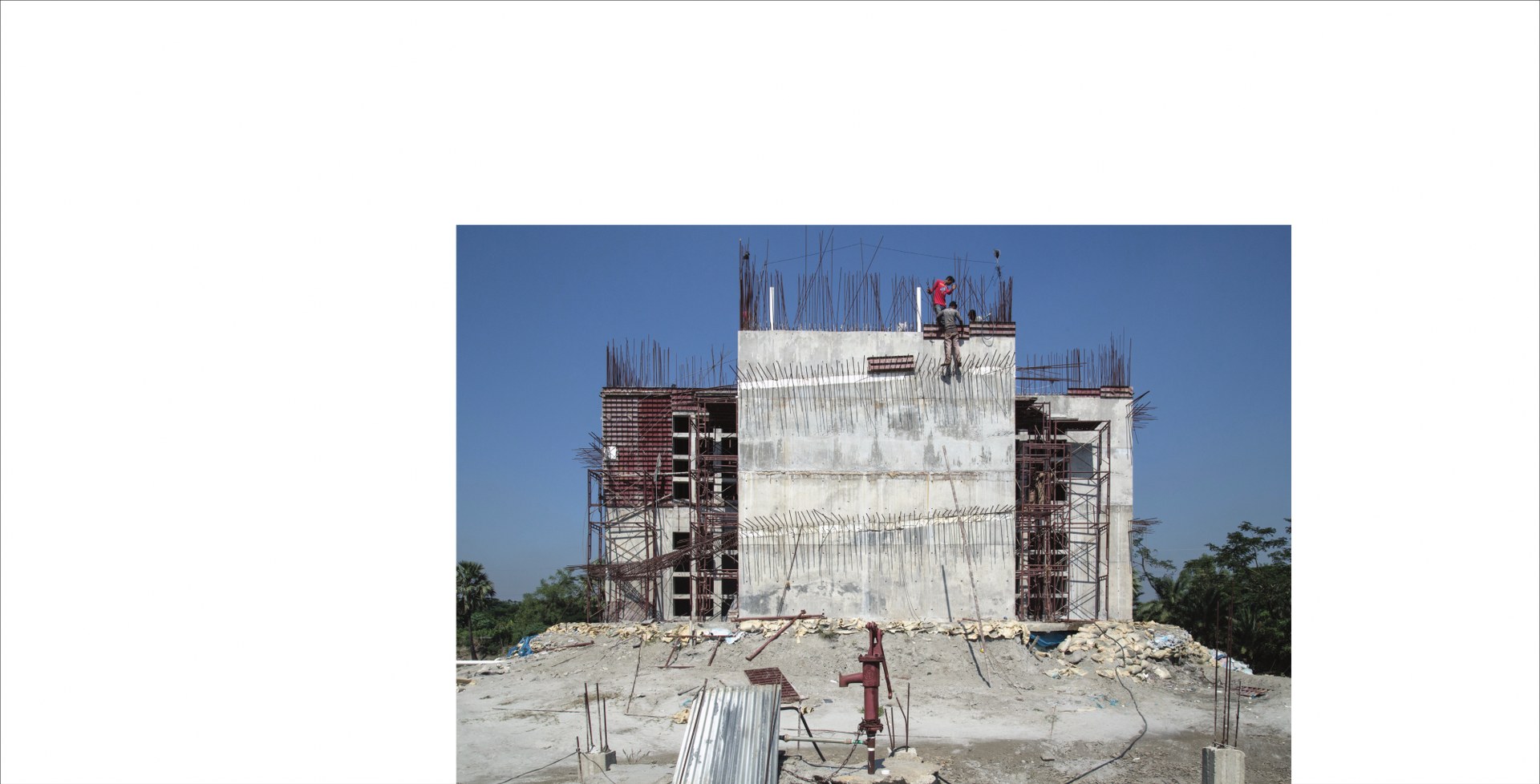
-
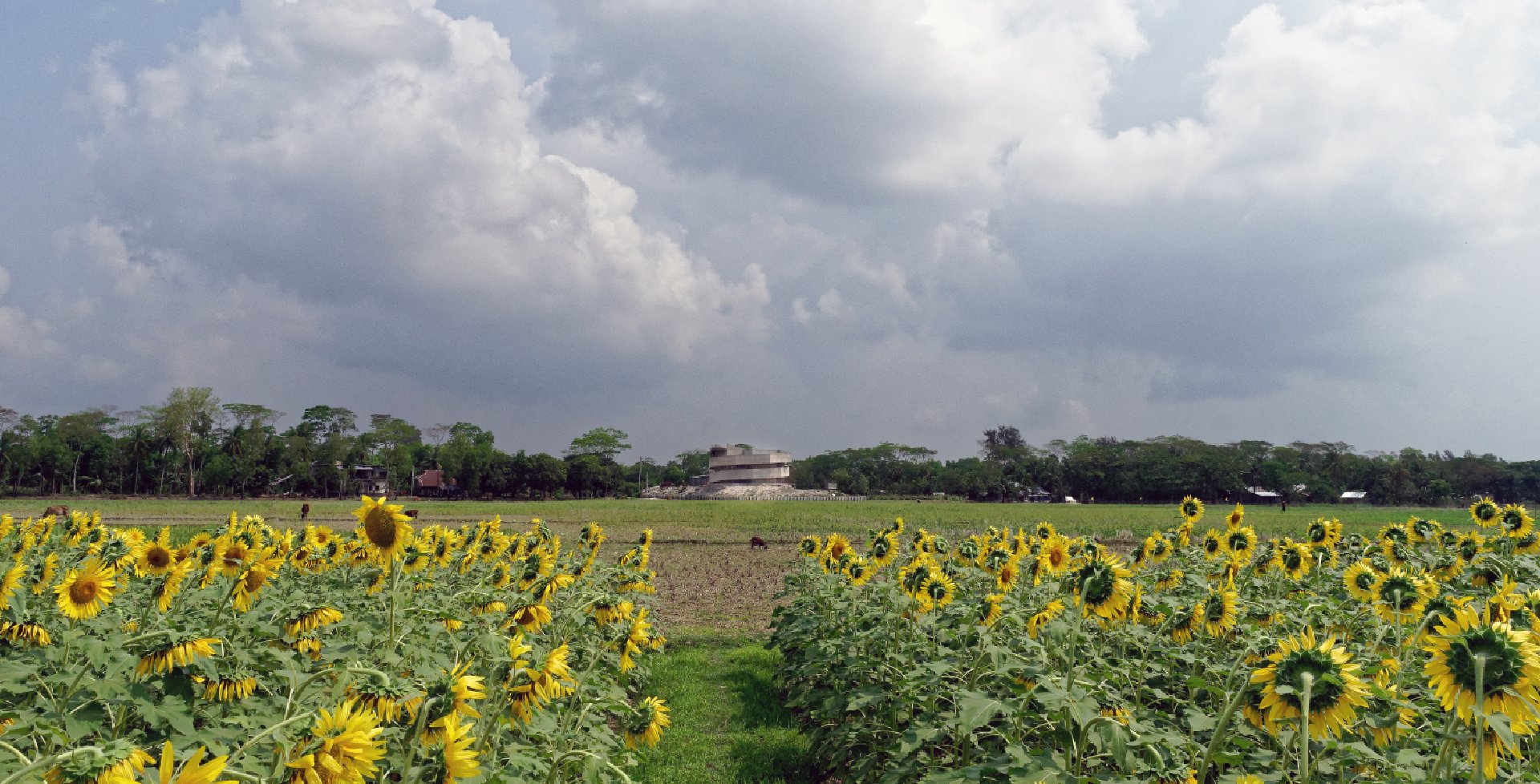
- Climate Change
- Built/Unbuilt
- Exhibitions
- Practice
- Publication & Lectures
- Info
- News
- Education & Institution
- Art Spaces
- Health & Leisure
- Live, Work & Industry
- Spiritual
- Museums
- Sports
- Rural - Urban